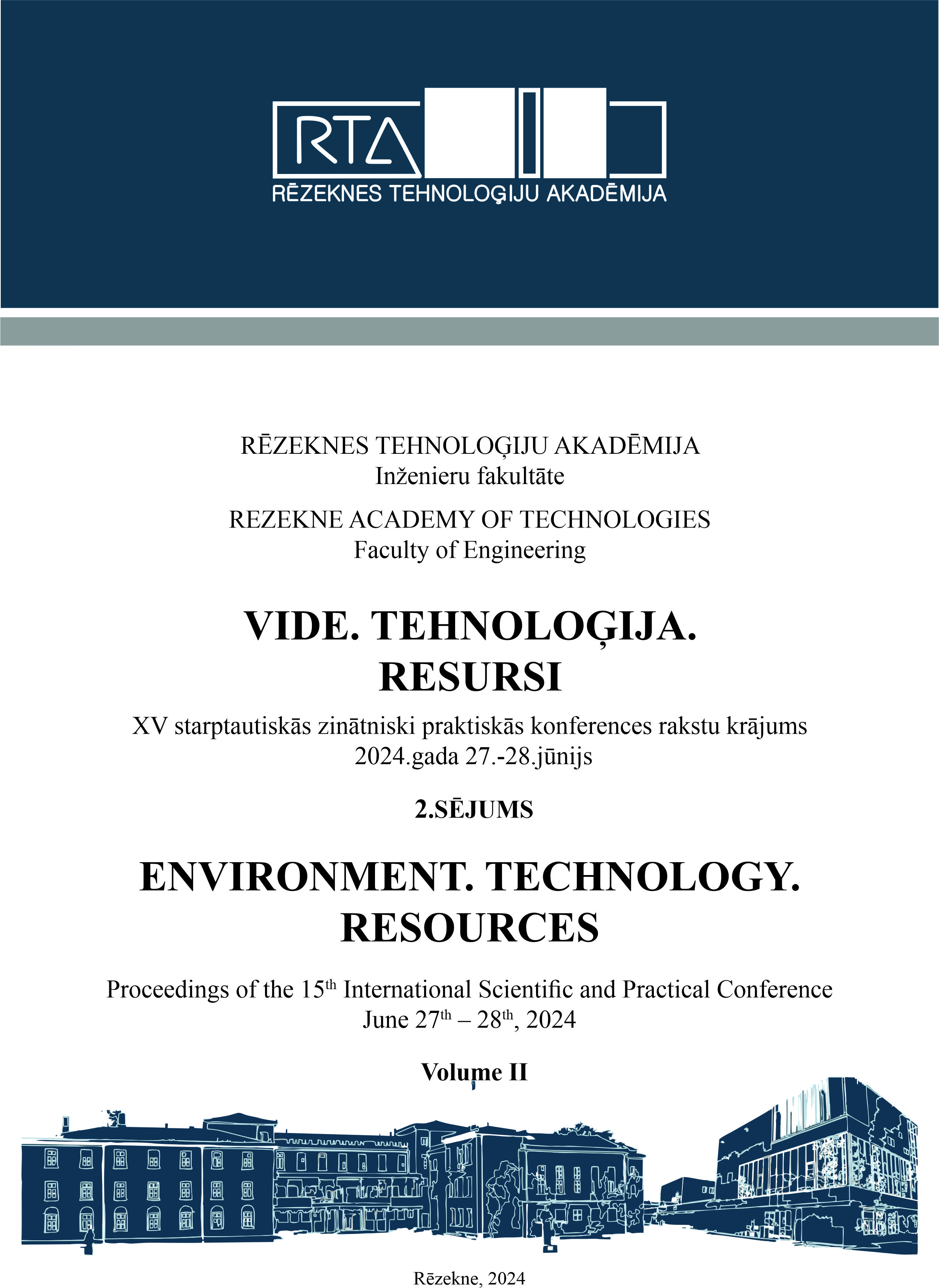PRINCIPLES OF CREATING AND DESIGNING VIDEO CONTENT FOR ASYNCHRONOUS LEARNING
DOI:
https://doi.org/10.17770/etr2024vol2.8088Keywords:
asynchronous learning, flexible content creation algorithm, principles of creation, teacher training, video contentAbstract
A key stage of professional training is to prepare them for the use of ICTs and modern innovative solutions that would not only improve the quality of presentation of educational content, but also minimise the time spent on learning new material and repeating material that has already been covered. Therefore, a relevant aspect of preparing teachers and future professionals in general for self-presentation or presentation of their own projects should be preparation for the use of video editors and online platforms to create short videos that both students and teachers can use to save time during teaching or to support projects that are offered to a wide audience.
For this reason, in our review, we focus on the theoretical aspects of introducing video content into the educational process; high-quality video editing software that students and teachers can use from any device; analyse the quality of the projects prepared by students; review teaching approaches for asynchronous learning.
But, with the main objective of our research being to argue for the principles of creating and designing video content for asynchronous learning. We present not only the above results of our review and practical implementation of the relevant project activities, but also the theoretical aspects of the issue necessary for teachers' understanding and personal improvement.
This complex approach allows us to develop the simplest and most flexible algorithm for working with video content, depending on the needs of the teacher, their psychological characteristics and technical skills, as well as the purpose of the subject being taught. After all, for some subjects and the teachers who teach them, the thesis "why should we reinvent the wheel" will be appropriate. While for the other part, this process will always be a personal challenge, an innovation and a requirement of modern education. That is why, in our opinion, the proposed flexible algorithm will be useful for both future teachers and professionals who already have teaching experience.
References
L. B. Espejo Villar, L. Lázaro Herrero, & G. Álvarez-López. 2022. UNESCO strategy and digital policies for teacher training: The deconstruction of innovation in Spain.
Y. Ghilay. 2018. Comprehensive technology-based learning (CTBL): A comparison between various types of quantitative courses. Economics and Culture, 15(2), 14-24.
Y. Ghilay. 2021. Text-Based Video: The Effectiveness of Learning Math in Higher Education Through Videos and Texts. Journal of Education and Learning, 10(3).
C. Ou, D. A. Joyner, & A. K. Goel. 2019. Designing and developing video lessons for online learning: A seven-principle model. Online Learning, 23(2), 82-104.
Y. Ghilay. 2018. Video-Based Learning of Quantitative Courses in Higher Education. Ghilay, Y.(2018). Video-Based Learning of Quantitative Courses in Higher Education. Journal of Educational Technology, 15(2), 16-27.
C. Mehrotra, C. D. Hollister, & L. McGahey. 2001. Distance learning: Principles for effective design, delivery, and evaluation. Sage Publications.
T. C. Varkey, J. A. Varkey, J. B. Ding, P. K. Varkey, C. Zeitler, A. M. Nguyen, ... & C. R. Thomas. 2022. Asynchronous learning: a general review of best practices for the 21st century. Journal of Research in Innovative Teaching & Learning, 16(1), 4-16.
Harvard University’s Office of the Vice Provost for Advances in Learning (VPAL). 2021. Designing Your Course for Online Instruction: Principles and Tips. https://teachremotely.harvard.edu/files/designing_your_course_for_the_fall.pdf
H. Haugsbakken. 2020. Five Learning Design Principles to create active learning for engaging with Research in a MOOC. European Journal of Open, Distance and E-learning, 23(1), 32-45.
Downloads
Published
Issue
Section
License
Copyright (c) 2024 Anna Khilya, Halyna Kukharchuk, Yuliia Sabadosh, Alona Korol

This work is licensed under a Creative Commons Attribution 4.0 International License.



